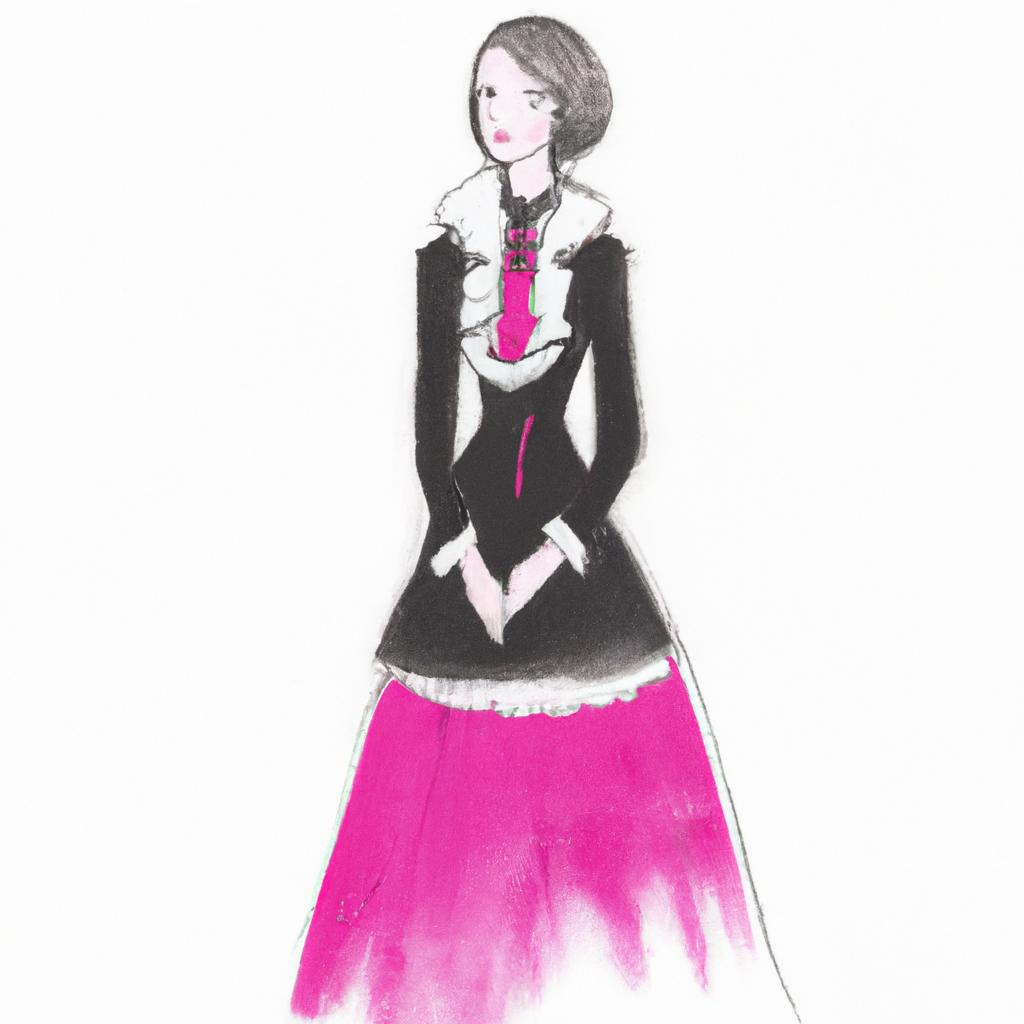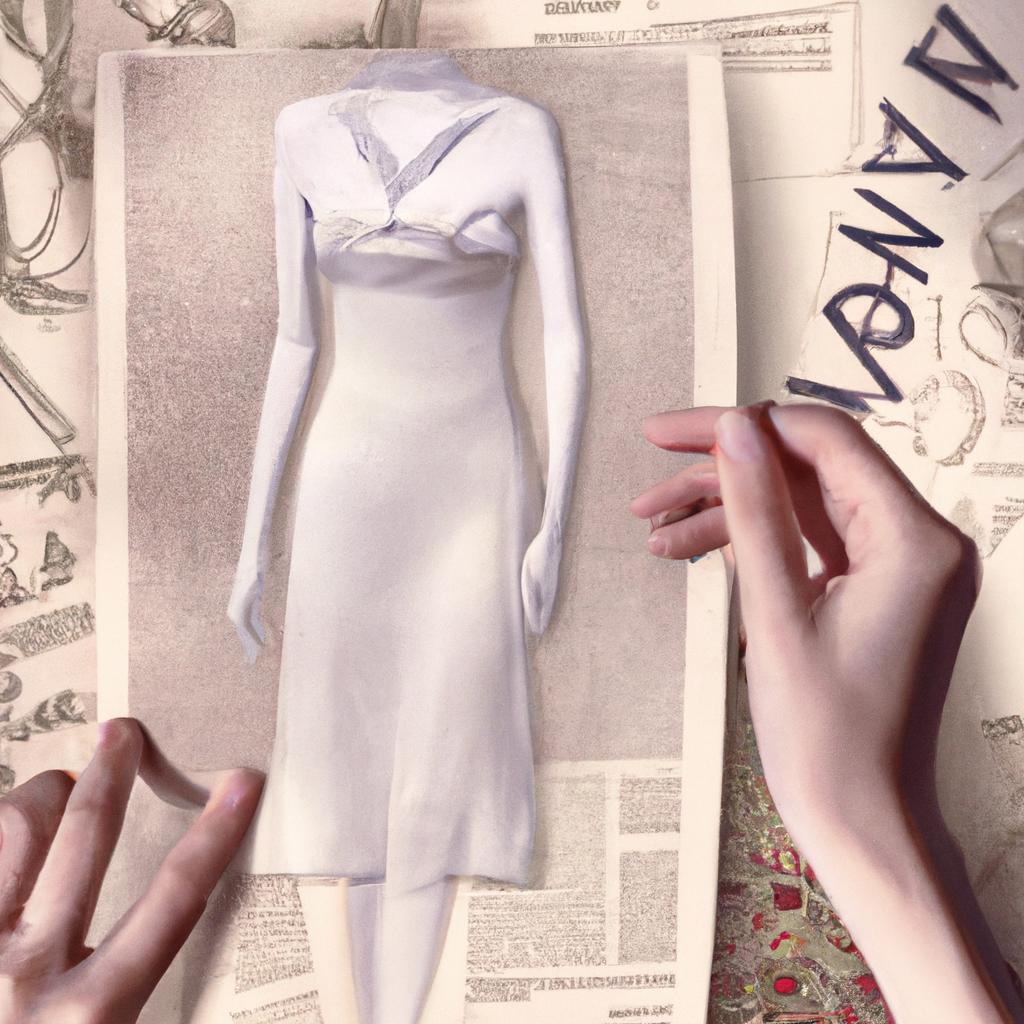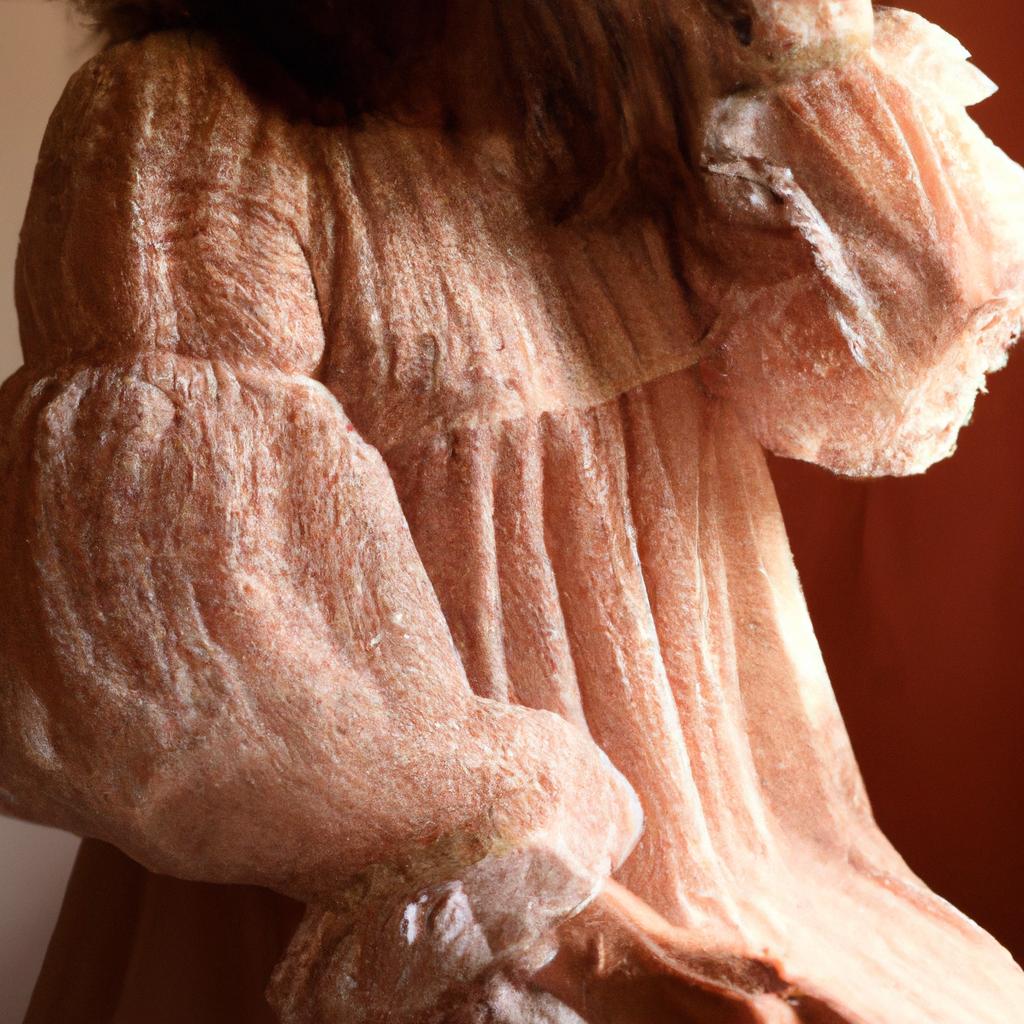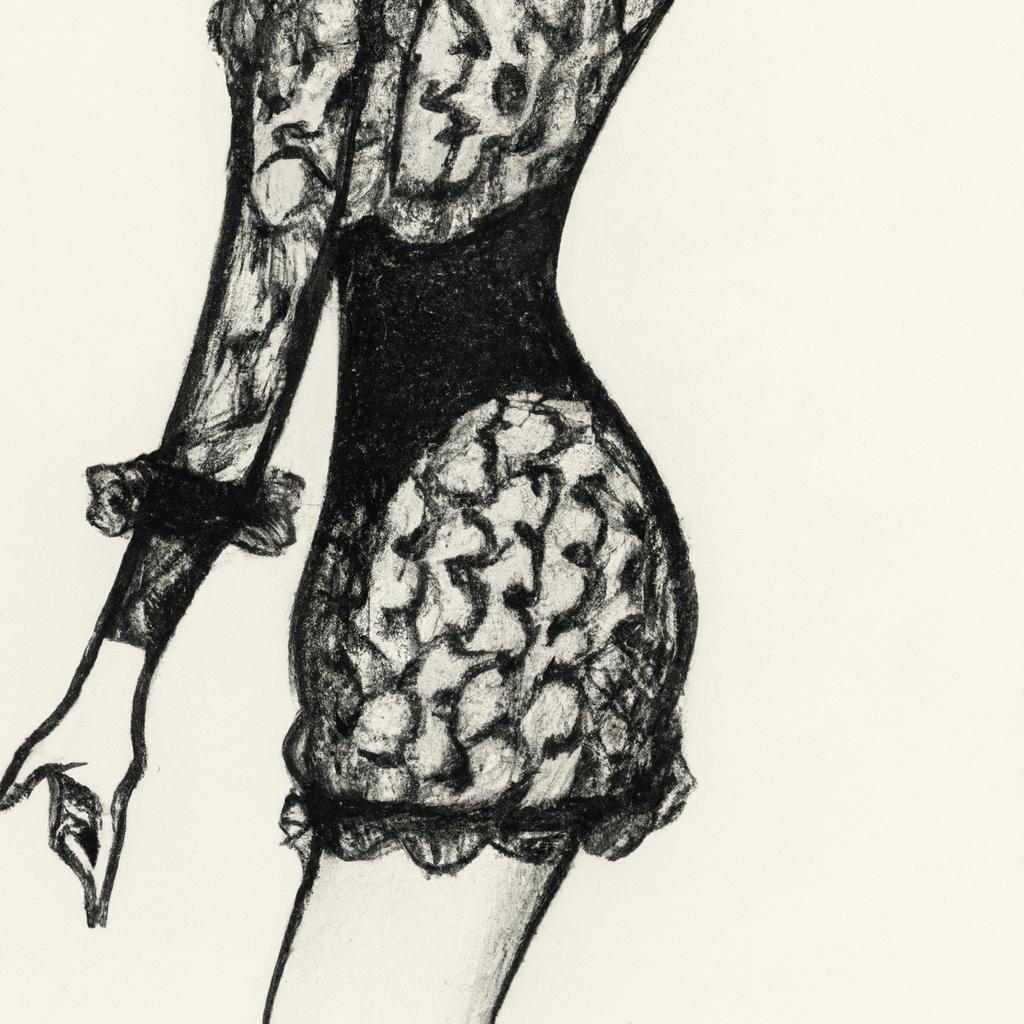Unraveling Threads of Time: A Journey Through Fashion History in The Fashion Encyclopedia
Fashion, an intricate tapestry woven from the strands of culture, art, and history, tells the stories of societies and individuals alike. It is a reflection of our desires, aspirations, and identities, evolving with each passing decade, yet echoing the whispers of the past. In “The Fashion Encyclopedia,” we embark on an enlightening journey through the annals of style, tracing the evolution of garments that have adorned bodies throughout the ages. From the opulent silks of the Renaissance to the rebellious denim of the 20th century, each entry serves as a portal, inviting us to explore the significance and symbolism behind the styles that have defined eras. As we unravel the threads of time, we not only gain insight into the aesthetics of fashion but also unearth the socio-political and economic currents that have shaped our world. Join us as we delve into this comprehensive chronicle, where every stitch tells a story, and every garment reveals a glimpse into the human experience.

Exploring Epochs: The Impact of Historical Events on Fashion Evolution
The tapestry of fashion is intricately woven with threads of historical events that have shaped societal norms and personal expression over centuries. The influence of major occurrences, from wars to revolutions, can be seen reflected in the garments of their respective eras. For instance, the austerity of the Great Depression prompted a shift towards more practical and utilitarian clothing, while the liberation movements of the 1960s catalyzed a bold embrace of individuality, resulting in a vibrant explosion of color and pattern in everyday attire. Fashion became not just a method of adornment but a palpable commentary on the zeitgeist, echoing the sentiments of its time.
Through a careful examination of these pivotal epochs, one can discern how specific social, economic, and political factors have catalyzed transformations in style. Consider the following significant turning points:
- The Industrial Revolution: Introduction of mass production and ready-to-wear garments.
- World War II: Utility fashion and material rationing reshaped women’s roles and clothing designs.
- The Roaring Twenties: Flapper dresses epitomized the newfound freedom and female empowerment.
Each of these eras contributed distinct elements to the fashion lexicon, encapsulating the spirit of their times and influencing future generations. The timeline of fashion evolution is not merely a chronology of styles; it is a rich narrative, entwined with the broader human experience. Examining these connections allows us to appreciate the dialogue between clothing and culture, understanding that every stitch and seam is a response to the world that crafted it.

Fabric of Identity: How Fashion Reflects Culture and Society
Fashion serves as a rich tapestry, interwoven with the threads of societal values, ideologies, and cultural shifts. Throughout history, garments have transcended mere function, morphing into symbols that reflect the essence of what it means to belong to a particular group. The **haute couture of the 18th century**, for instance, embodied the **opulence and power struggles** of aristocracy, while the **gritty denim of the 20th century** echoed the rise of the working class and the spirit of rebellion. Each era’s unique sartorial choices invite us to explore the **collective consciousness** of the time, illustrating how fashion is a mirror to societal dynamics and transformations.
In addition to expressing prevailing values, fashion often navigates the complex interactions between tradition and modernity. This dance is particularly evident in the *fusion of cultural attire*, where traditional garments meet contemporary styles. Consider the following examples that showcase this metamorphosis:
| Cultural Attire | Modern Twist |
|---|---|
| Kimono | Streetwear collaborations |
| Sari | Casual western wear adaptations |
| Hmong textiles | Fast fashion trends |
These *innovative interpretations* not only celebrate diversity but also challenge the narratives of cultural appropriation, urging us to recognize fashion as a **living dialogue** among peoples. Ultimately, the evolution of fashion narratives illustrates a society’s journey through time, capturing fleeting moments while laying the groundwork for future identities.

Sustainable Style: Lessons from the Past for a Greener Future in Fashion
The evolution of fashion is a tapestry woven with creativity, culture, and consciousness. As we journey through time, we discover that many historical practices hold valuable lessons for today’s quest for sustainability. For instance, pre-industrial societies demonstrated a resource-conscious approach, utilizing natural materials that were locally sourced and biodegradable. Tailoring techniques emphasized durability, with garments designed to withstand the test of time. These practices highlight the importance of minimalism and quality over quantity, principles that echo in modern sustainable fashion initiatives.
Additionally, historical customs such as mending and repurposing clothing encourage a shift in mentality toward fashion consumption. Instead of viewing clothing as disposable, we can embrace the idea of transformation—turning old textiles into new creations. This not only reduces waste but also fosters creativity and individuality. Examining past traditions provides innovative insights into how we can design and curate our wardrobes for a greener future. A glimpse at the timelines reveals impactful strategies:
| Era | Practices |
|---|---|
| Medieval | Upcycling textiles for new garments. |
| Victorian | Mending and alterations became popular. |
| 20th Century | Thrift and repair movements emerged. |
Insights and Conclusions
As we draw the final stitches on our exploration of “Unraveling Threads of Time: A Journey Through Fashion History in The Fashion Encyclopedia,” it becomes clear that fashion is more than mere fabric; it is a vibrant tapestry woven from culture, innovation, and individual expression. Each page of this extensive volume invites us to reflect on the legacies left by those who dared to redefine their eras, showcasing how garments can embody the spirit of their times.
In this intricate weave, we find the echoes of human experience—resilience, creativity, and transformation—stitching together stories that transcend the boundaries of time and place. The encyclopedia serves not only as a tool for scholarship but as a reminder that fashion is a dialogue between past and present, urging us to consider how our choices today might influence the fabric of tomorrow.
As we embark on our own journeys through style, let us carry forward the knowledge gleaned from these historical threads. May we honor the visionaries who shaped fashion’s path with their artistry and innovation. As we turn our own pages in the ongoing story of fashion, let us do so with awareness, curiosity, and a commitment to weave a more inclusive narrative that celebrates the rich diversity of human expression. The journey does not end here; rather, it invites each of us to participate actively in the ongoing dialogue of fashion history.

